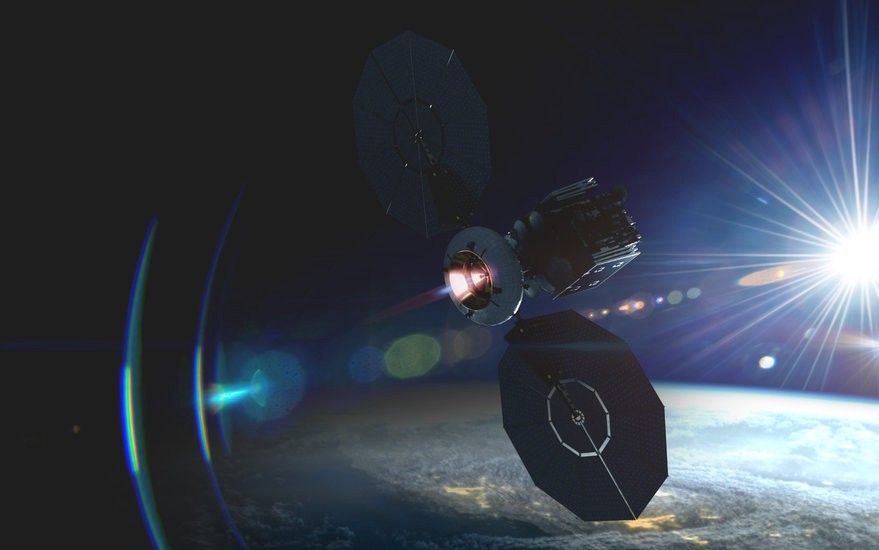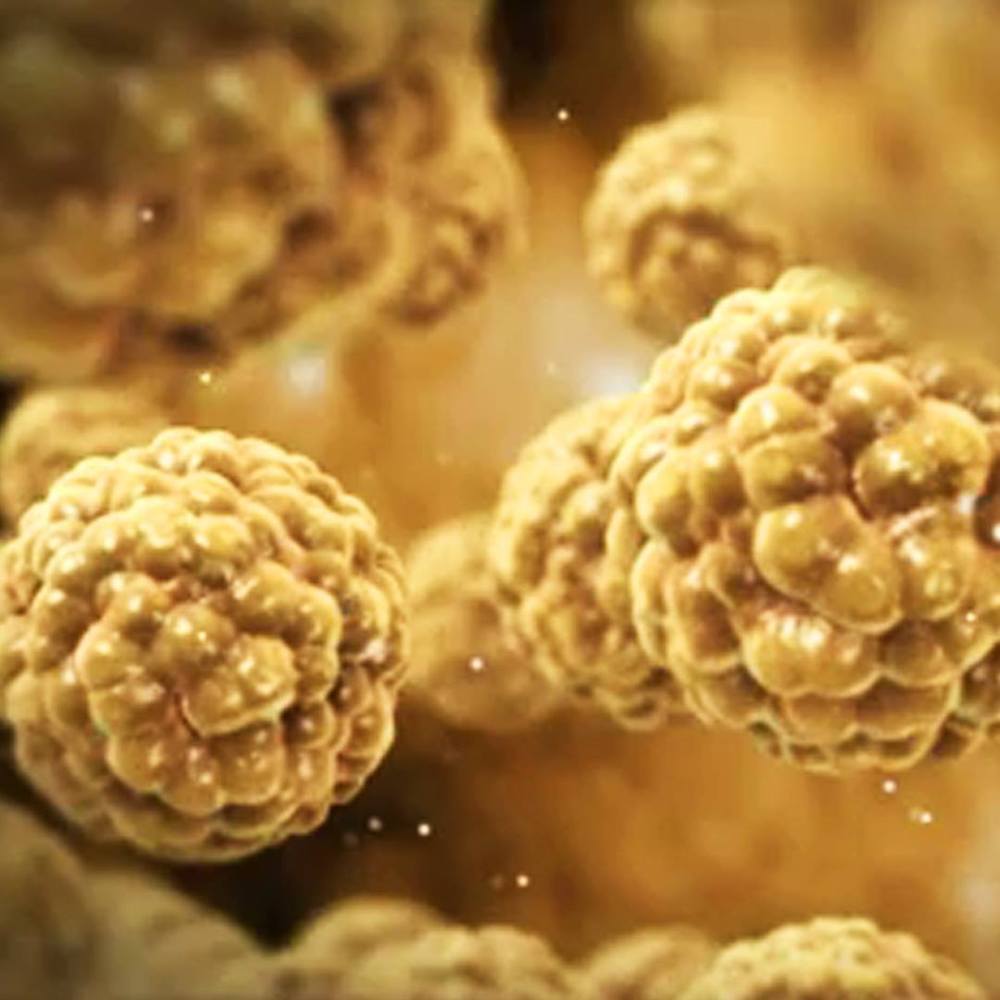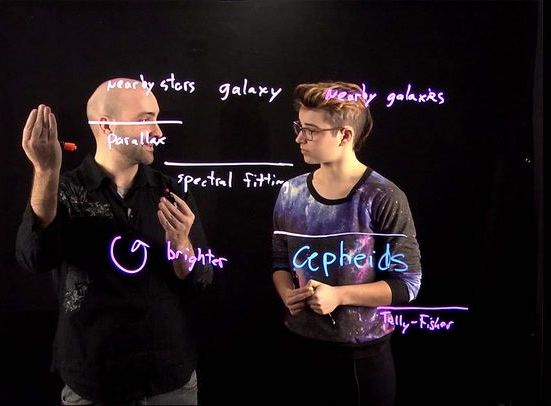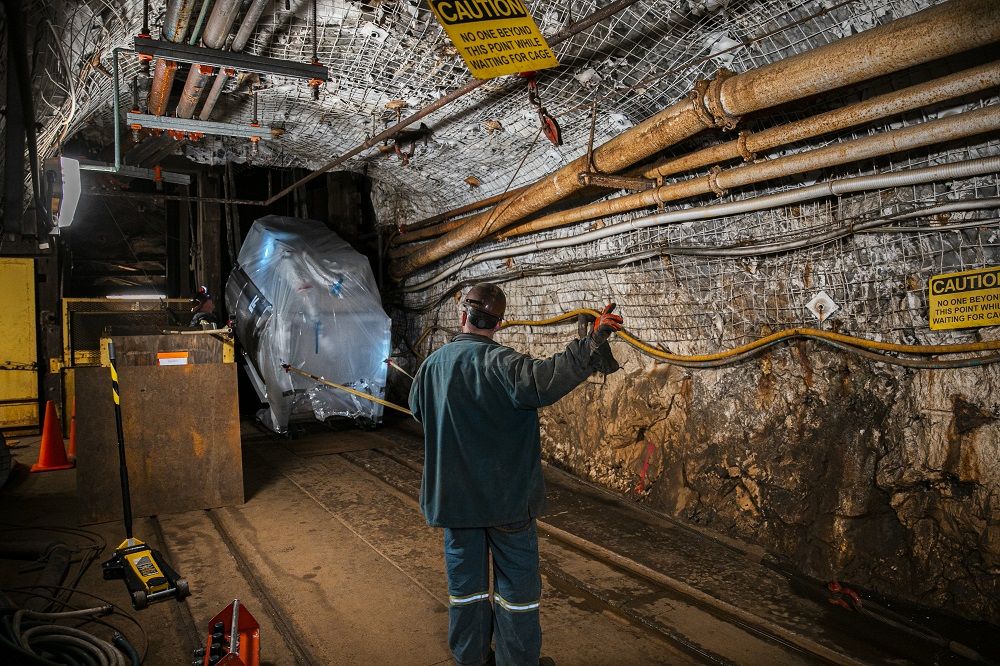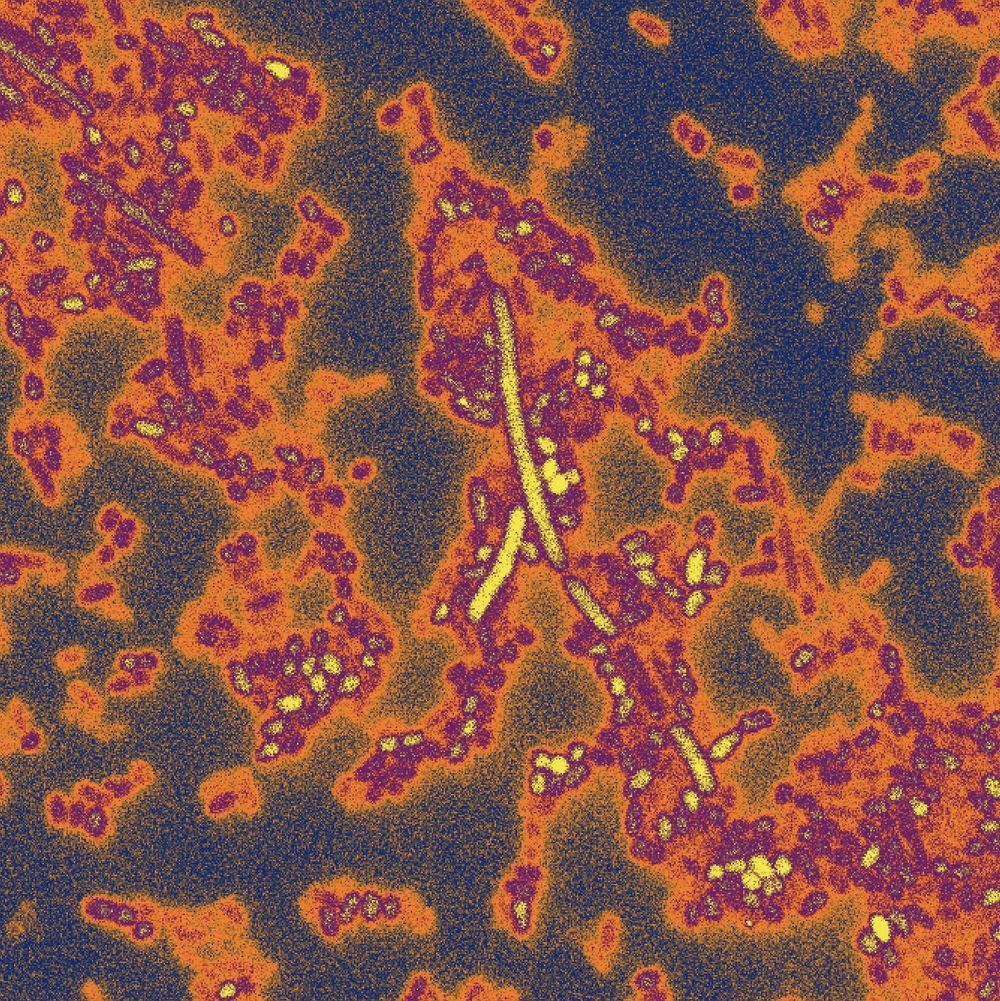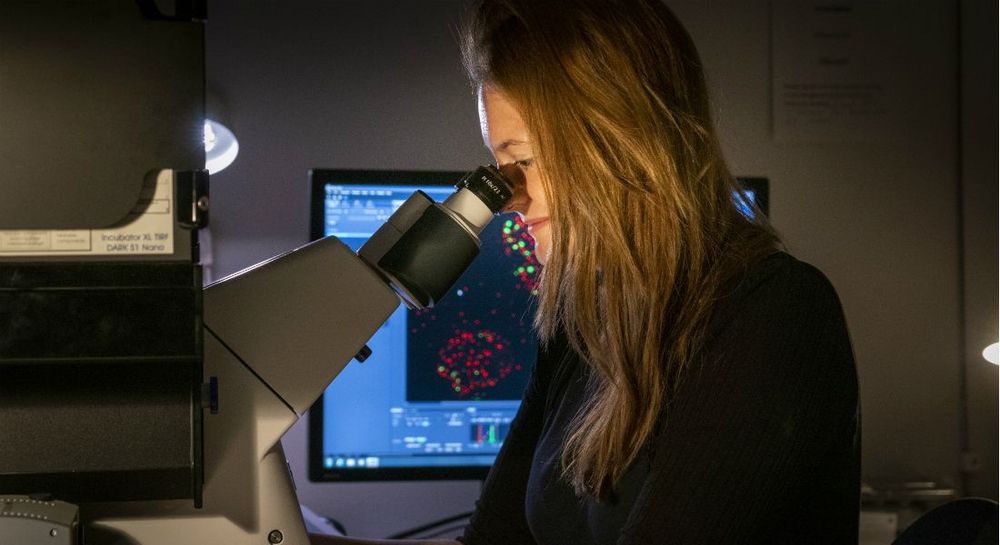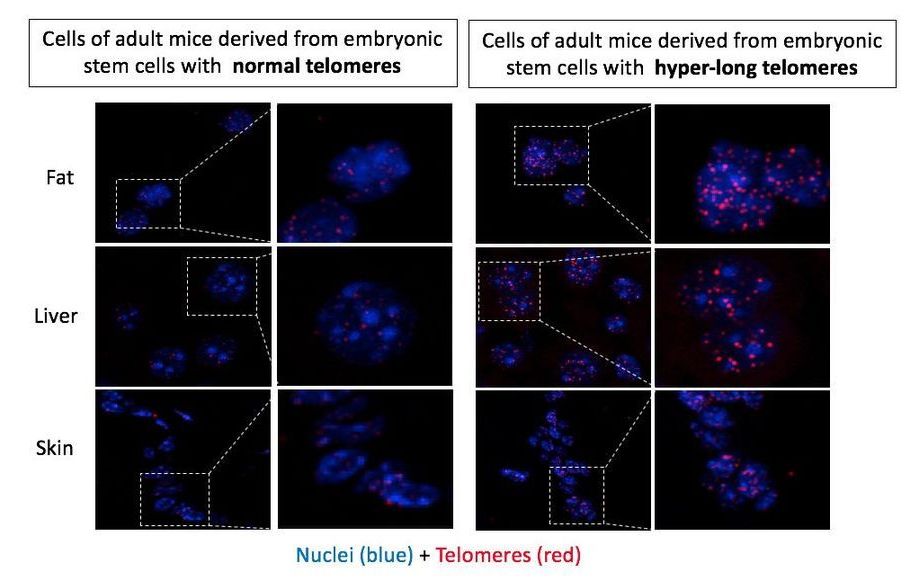Oct 30, 2019
Water Plasma Propulsion tested successfully in Space
Posted by Klaus Baldauf in categories: innovation, satellites
This is yet another glaring example of the innovative spirit of Silicon Valley. The startup has been successfully testing the novel idea on its El Camino Real spacecraft — launched on a Russian Soyuz rocket in July 2019. Momentus will continue to perform simulations on its spacecraft for the next few months to gather enough data to compare it with the results of the ground tests to validate the proper functioning of the new system.
It’s spacecraft, El Camino Real, is a 16-unit CubeSat integrated by Astro Digital — a spacecraft manufacturer and geospatial data analysis company based out of California as well. Momentus has already secured funding of $34 million funding to develop two shuttles, Vigoride and Vigoride Extended, which will maneuver satellites between orbits.
The most prominent application for this is when new satellites are deployed in orbits via rockets. When the former is dropped off in orbits, they can be moved to optimal positions using this technology in a cheap & efficient manner. Momentus originally started off in 2018 as a transportation service for small satellites seeking rides to medium Earth, geostationary or low lunar orbit.
